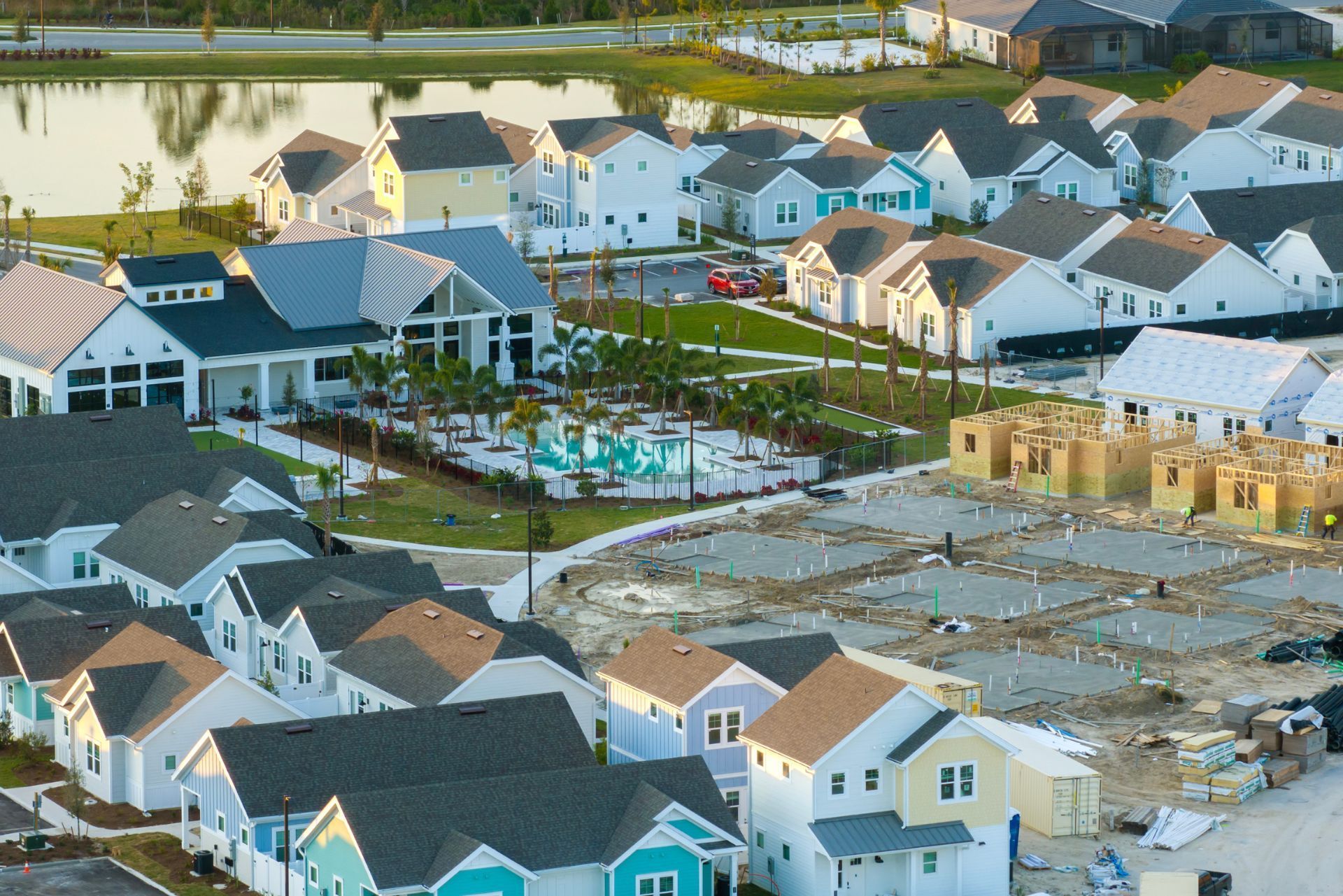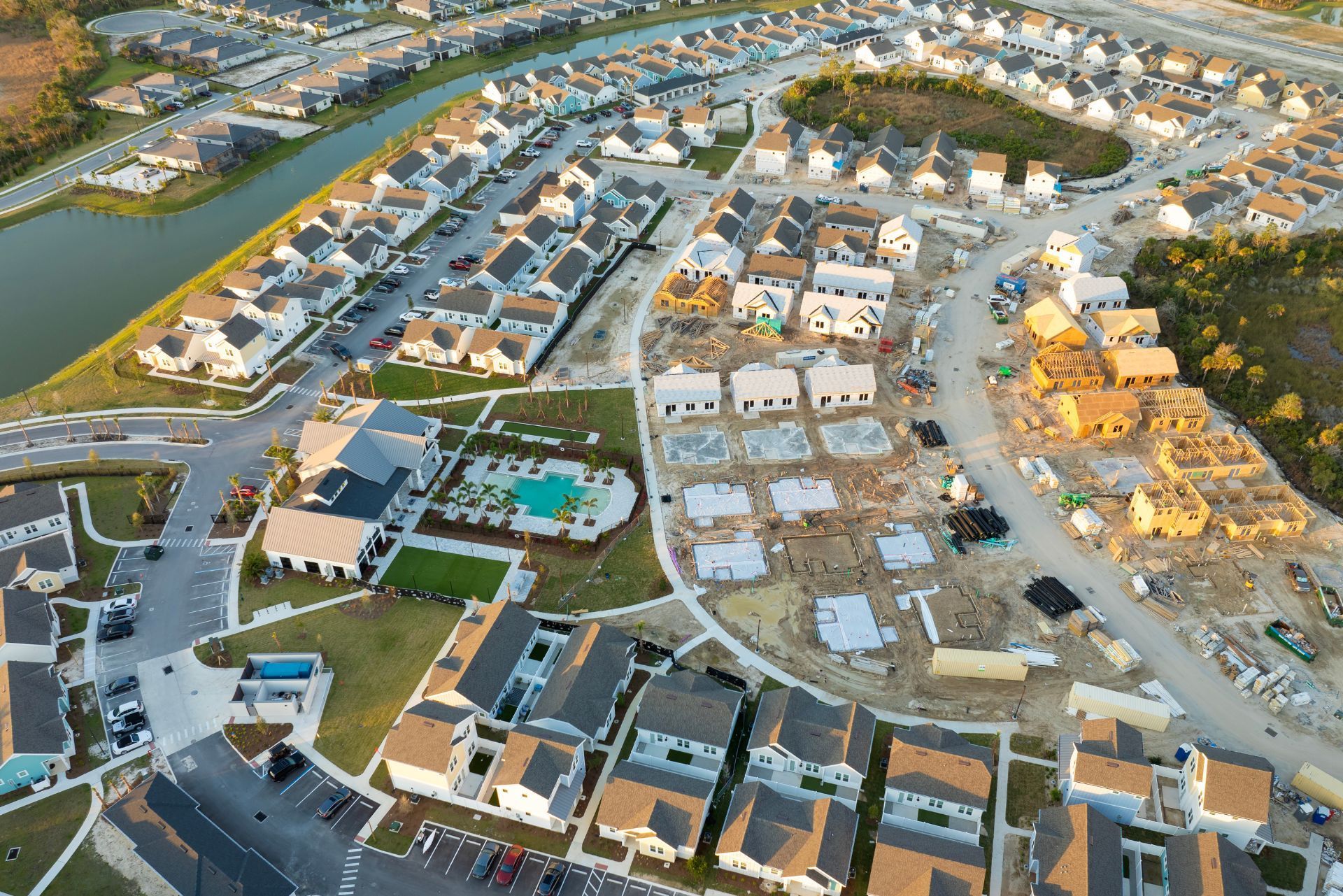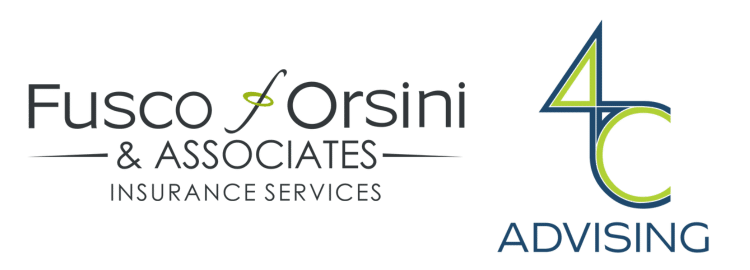Top 3 Recommended Policies

Homeowners Associations (HOAs) in Idaho play a crucial role in maintaining community standards, managing shared amenities, and protecting property values. However, with the rising challenges in the insurance landscape, understanding HOA insurance has become more important than ever. This comprehensive guide explores the current state of Idaho HOA insurance, the factors driving premium increases, and what associations and homeowners can expect in the near future.
Idaho experienced a staggering 34% increase in homeowners insurance prices in 2022, the highest rate nationwide, highlighting the urgency of this issue for HOAs and residents alike. For more detailed insights, the Idaho Statesman provides an in-depth look at these trends.
Understanding Idaho HOA Insurance Basics
HOA insurance is designed to protect the association’s common areas, amenities, and sometimes the structures within the community. Unlike individual homeowners’ insurance, which covers personal property and liability inside a single home, HOA policies typically cover shared spaces such as clubhouses, pools, landscaping, and exterior building elements.
In Idaho, the HOA insurance market is evolving rapidly due to external pressures like climate risks and rising construction costs. According to an IBISWorld report from 2024, the Homeowners’ Associations industry in Idaho is expected to grow to $79.3 million, supported by 111 establishments and 646 employees. This growth underscores the increasing importance of well-structured insurance policies to safeguard these expanding communities.
For HOAs, selecting the right insurance involves balancing coverage limits, deductibles, and premiums while ensuring protection against common risks such as property damage, liability claims, and natural disasters. Additionally, it is crucial for associations to stay informed about the specific risks associated with their geographic location. For instance, Idaho's diverse climate can lead to unique challenges, including wildfires in the summer and heavy snowfall in the winter, both of which can significantly impact property and community assets.
Moreover, the role of an HOA board in managing insurance policies cannot be overstated. Board members must not only understand the intricacies of the insurance options available but also engage in regular reviews of their policies to ensure they meet the evolving needs of the community. This includes assessing whether the coverage limits are adequate in light of recent developments in the area, such as new construction or changes in local regulations. Additionally, fostering open communication with homeowners about the importance of HOA insurance can help build a more informed community, ensuring that all members understand the value of their contributions towards maintaining and protecting shared spaces.
Why Idaho HOA Insurance Premiums Are Rising
One of the most pressing concerns for Idaho HOAs is the sharp increase in insurance premiums. In 2024 alone, homeowners saw a 17% rise in insurance premiums statewide, with Boise experiencing an 18% increase. This surge is largely attributed to heightened wildfire risks and escalating repair and replacement costs.
Nick VinZant, a senior analyst at QuoteWizard, explains that the rapid changes in home replacement and repair costs have outpaced inflation adjustments in existing insurance policies, forcing insurers to raise premiums to keep pace. This dynamic is especially impactful for HOAs, which often insure large shared structures that are expensive to repair or replace.
Moreover, insurers are becoming increasingly cautious about wildfire-prone areas. Julie Robinson, spokesperson for the Idaho Department of Insurance, noted that insurers are actively limiting their risk exposure in these regions, a trend expected to continue as the insurance market hardens. This tightening of coverage options directly affects HOA insurance availability and affordability.
In addition to wildfires, the rising frequency of severe weather events, such as heavy storms and flooding, has contributed to the overall increase in insurance premiums. These unpredictable weather patterns not only cause immediate damage but also lead to long-term concerns about property values and safety. As a result, many HOAs are now faced with the dual challenge of securing adequate insurance while also investing in mitigation strategies to protect their communities from future risks.
Furthermore, the landscape of insurance is evolving, with many insurers now requiring HOAs to implement specific risk management practices before they will offer coverage. This may include conducting regular safety inspections, maintaining clear access routes for emergency services, and investing in fire-resistant landscaping. While these measures can help reduce risk and potentially lower premiums in the long run, they also require upfront investment and commitment from HOA boards and members alike.
More details on these trends can be found on
Insurify’s analysis of Idaho’s rising home insurance rates.

The Impact of Wildfires and Climate Change on HOA Insurance
Wildfires have become a significant factor influencing homeowners and HOA insurance in Idaho. The state’s increasing exposure to wildfire risks has led to a growing crisis in insurance renewals and pricing. A 2025 report by the U.S. Senate Budget Committee revealed that nearly 1 in 30 insurance policies in Boise County were not renewed in 2023—almost triple the rate from 2018. This alarming trend signals insurers’ growing reluctance to cover high-risk areas and the need for new solutions.
In response, the Idaho Department of Insurance issued Bulletin 25-02 in April 2025, mandating insurers to provide detailed policy and claims data. This initiative aims to better understand how the market is adapting to wildfire risks and to inform future regulatory decisions. The data collected will not only help in assessing the financial stability of insurance companies but will also provide insights into the effectiveness of various mitigation strategies employed by homeowners and HOAs alike.
HOAs located in wildfire-prone areas must be especially vigilant. Insurance carriers may impose higher premiums, restrict coverage, or require additional mitigation measures such as defensible space around properties. Associations should proactively engage with insurance providers and local authorities to manage these risks effectively. Furthermore, it is crucial for HOAs to educate their members about the importance of fire-resistant landscaping and community-wide fire prevention initiatives, which can significantly lower the overall risk profile of the neighborhood.
In addition to these measures, many HOAs are exploring partnerships with local fire departments to conduct community fire risk assessments. These assessments can identify vulnerabilities and provide tailored recommendations for improving fire safety. By fostering a culture of preparedness and resilience, HOAs can not only protect their properties but also enhance their appeal to potential buyers who are increasingly aware of climate-related risks. For more information on the state’s regulatory approach, visit the
Idaho Department of Insurance’s official bulletin.

Legislative Efforts and Insurance Pools for Idaho HOAs
Recognizing the challenges posed by rising premiums and wildfire risks, Idaho lawmakers have taken steps to provide relief. In January 2025, the Idaho House business committee voted to print HB17, a bill proposing the creation of an insurance pool designed to help mitigate increased fire risks. This pool would offer an alternative risk-sharing mechanism, potentially stabilizing insurance availability and costs for HOAs and homeowners in vulnerable areas.
Insurance pools can be a powerful tool for communities facing hard insurance markets. By pooling risks, they can negotiate better rates and coverage terms than individual HOAs might secure independently. However, the success of such initiatives depends on careful planning, adequate funding, and ongoing collaboration between insurers, regulators, and community stakeholders. The proposed insurance pool aims to create a safety net that not only addresses the immediate financial burdens but also fosters a sense of community resilience. By working together, homeowners can share knowledge and resources, enhancing their collective ability to prepare for and respond to wildfire threats.
Moreover, the establishment of such a pool could pave the way for innovative insurance products tailored specifically for Idaho's unique landscape and climate challenges. For instance, the pool could incentivize homeowners to adopt fire-resistant building materials or implement defensible space practices, which would not only reduce risks but also potentially lower premiums over time. Furthermore, educational initiatives accompanying the insurance pool could empower residents with vital information on fire prevention strategies and emergency preparedness, thereby enhancing overall community safety.
Stay updated on legislative developments through the Idaho Department of Insurance announcements.
Strategies for Idaho HOAs to Manage Insurance Costs
With the insurance market tightening, Idaho HOAs must adopt proactive strategies to manage costs and maintain adequate coverage. Here are some effective approaches:
- Risk Mitigation: Implement wildfire prevention measures such as creating defensible space, maintaining landscaping, and using fire-resistant building materials. These efforts can reduce risk and potentially lower premiums.
- Regular Policy Reviews: Conduct annual reviews of insurance policies to ensure coverage aligns with current replacement costs and risk exposures. Adjusting coverage limits can prevent underinsurance or overpaying for unnecessary coverage.
- Engage with Multiple Carriers: Shop around and obtain quotes from various insurers to find competitive rates. Some carriers may offer specialized programs for HOAs in high-risk areas.
- Leverage Industry Growth: As the Idaho HOA industry grows, associations can collaborate to form buying groups or insurance pools, increasing their negotiating power.
In addition to these strategies, Idaho HOAs should consider investing in community education programs that inform residents about the importance of insurance and risk management. Hosting workshops or informational sessions can empower homeowners to take personal responsibility for their properties, which in turn can lead to a more resilient community. Educated residents are more likely to engage in preventative measures that contribute to the overall safety and security of the neighborhood, further enhancing the HOA's bargaining position with insurers.
Moreover, embracing technology can also play a significant role in managing insurance costs. Utilizing property management software can streamline the process of tracking maintenance, repairs, and upgrades, which are crucial for insurance assessments. By maintaining detailed records of property conditions and improvements, HOAs can present a stronger case to insurers, potentially leading to better coverage options and lower premiums. Additionally, smart home technologies, such as security systems and fire alarms, can not only enhance safety but may also qualify homeowners for discounts on their insurance policies.
Looking Ahead: The Future of Idaho HOA Insurance
The outlook for Idaho HOA insurance is shaped by several converging factors: ongoing climate risks, regulatory initiatives, and market dynamics. While premium increases and coverage restrictions present challenges, legislative efforts like HB17 and data-driven regulatory oversight offer hope for more sustainable solutions.
HOAs that stay informed and engaged with these developments will be better positioned to secure affordable, comprehensive insurance coverage. Additionally, investing in risk reduction and community resilience will not only protect properties but also contribute to stabilizing insurance markets over time.
For more context on the broader homeowners insurance trends in Idaho, the KANW report provides valuable insights into the intersection of climate change and insurance challenges.
As climate change continues to impact weather patterns, Idaho's HOAs may find themselves at the forefront of adapting to these shifts. Increased incidents of wildfires, flooding, and extreme weather events necessitate a reevaluation of existing insurance policies. This evolving landscape calls for HOAs to not only understand their current coverage but also to anticipate future needs. Engaging with insurance professionals who specialize in risk assessment can provide valuable guidance on how to tailor policies that reflect the unique challenges faced by communities in Idaho.
Moreover, the role of technology in the insurance sector cannot be overlooked. Innovations such as predictive analytics and artificial intelligence are beginning to transform how insurers assess risk and set premiums. By leveraging these advancements, HOAs can gain insights into potential vulnerabilities within their communities, allowing for more proactive measures to mitigate risks. This technological shift may also lead to more personalized insurance options, enabling HOAs to choose coverage that aligns closely with their specific requirements and risk profiles.
In conclusion, Idaho HOAs face a complex insurance environment marked by rising costs and increasing risks. However, with informed decision-making, proactive risk management, and supportive policy frameworks, communities can navigate these challenges and secure their futures.
Contact Us
Phone
Location




